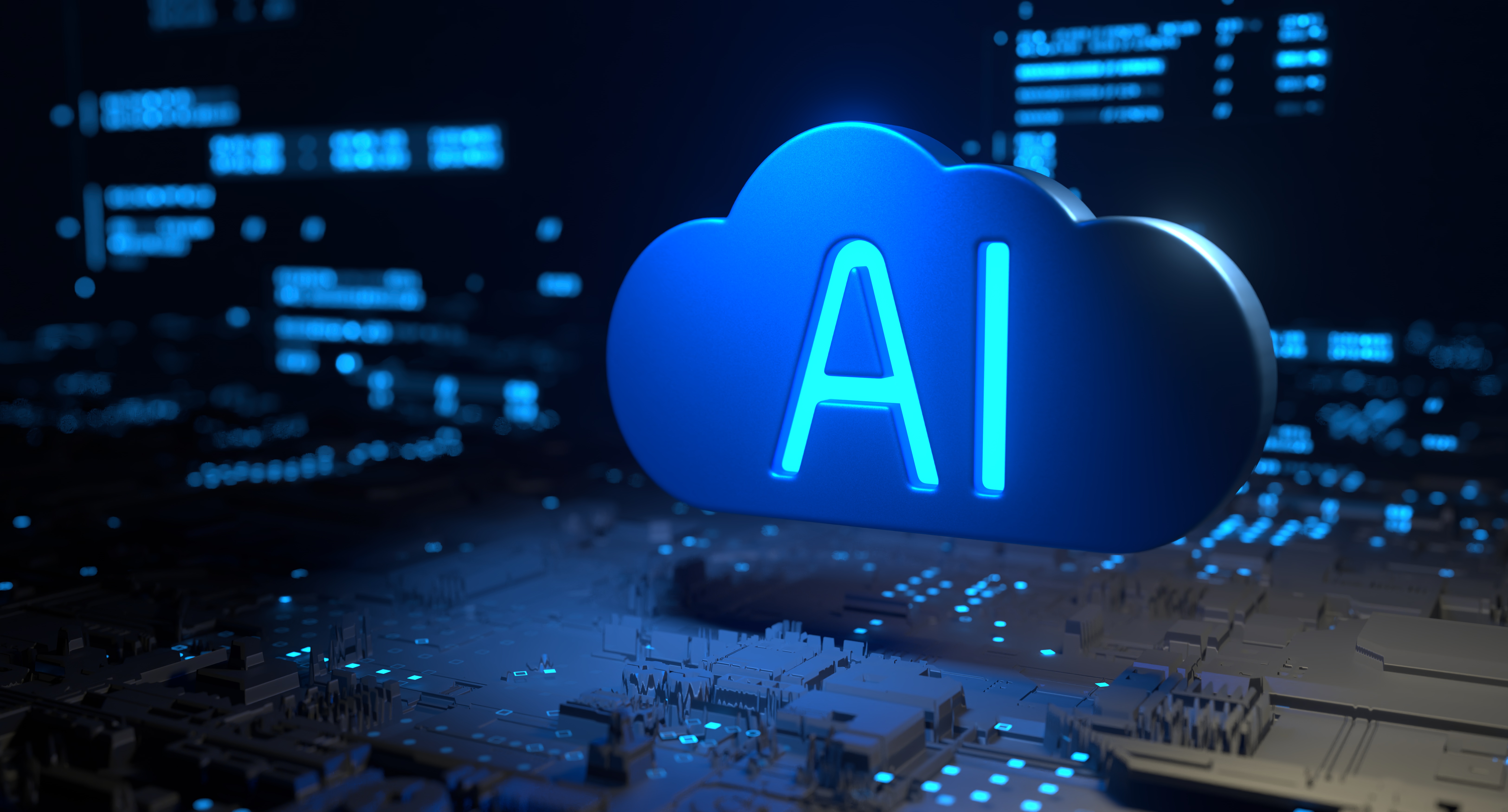Credit card debt has reached $1.13 trillion. Here’s how to pay:

Using a credit card regularly doesn’t necessarily mean you’ll go into debt. But unfortunately, that’s what happens if you don’t pay your balance in full. Because credit cards charge a lot of interest, even small balances have the potential to grow into large balances over time.
If you’re currently sitting on a mountain of credit card debt, you’re not alone. U.S. credit card balances increased by $50 billion during the fourth quarter of 2023, reaching a total of $1.13 trillion, according to data from the Federal Reserve Bank of New York.
Carrying credit card debt is likely to take a toll on your finances. Not only can it cost you a lot of money in interest that could be used to achieve other goals or pay other expenses, but having too much credit card debt can hurt your credit score. This can make it difficult or expensive to borrow money when you need it, such as to buy a car or a home.
But the good news is that with the right approach, you can pay off your credit card debt in a relatively short period of time. Here are some steps you can take to get rid of that debt for good.
1. Consolidate your balances
Juggling multiple credit card balances can be overwhelming. And you run the risk of forgetting to make a payment, which in itself has the potential to cause a lot of damage to your credit score.
That’s why consolidating various credit card balances can be a smart move. And in that respect, you have a choice.
Key benefits: Save money while paying off your debt with one of our top-rated balance transfer credit cards
First, you can look at balance transfers. If you can move your various balances to one credit card at a 0% discount, you’ll have some breathing room interest-wise as you work to reduce your balance.
If you don’t like that option or it’s not available to you, you can also consolidate your credit card balances into a personal loan. The advantage of a personal loan is that you have a fixed interest rate on the amount borrowed, so your monthly payments are good and predictable. This will make it easier to include it in your monthly bill, reducing your chances of falling behind.
2. Participate in the gig economy
If you’re currently carrying credit card debt, you likely don’t have hundreds of dollars each month to apply to your balance after paying essential bills. Doing so will likely reduce your balance.
It’s hard to tell yourself that you’re going to cut back on your spending to free up money for debt repayment purposes. Not only can unexpected expenses arise, but it’s hard to say no to something you love.
Instead of pretending you’re going to significantly cut your spending, or being miserable trying to do so, consider participating in the gig economy long enough to pay off your debt. Once you’ve organized your debt to make it more manageable, find a side job that fits your schedule and use your income to pay off your debt. You’ll find that it’s not only easier, but more impactful than cutting back on small pleasures like your morning latte or takeout meal.
Considering how the cost of living is rising, it’s not surprising to see U.S. credit card debt levels increase by the end of 2023. However, the faster you can pay off your debt, the better your financial situation is likely to be. .
WARNING: The highest cash back card we’ve ever seen has a 0% introductory APR until 2025.
This credit card isn’t just good. It is very special as it is used personally by professionals. This card offers 0% APR for new signups for 15 months, up to 5% cashback, and no annual fee!
Click here to read the full review for free and apply in just 2 minutes.
Read reviews for free



